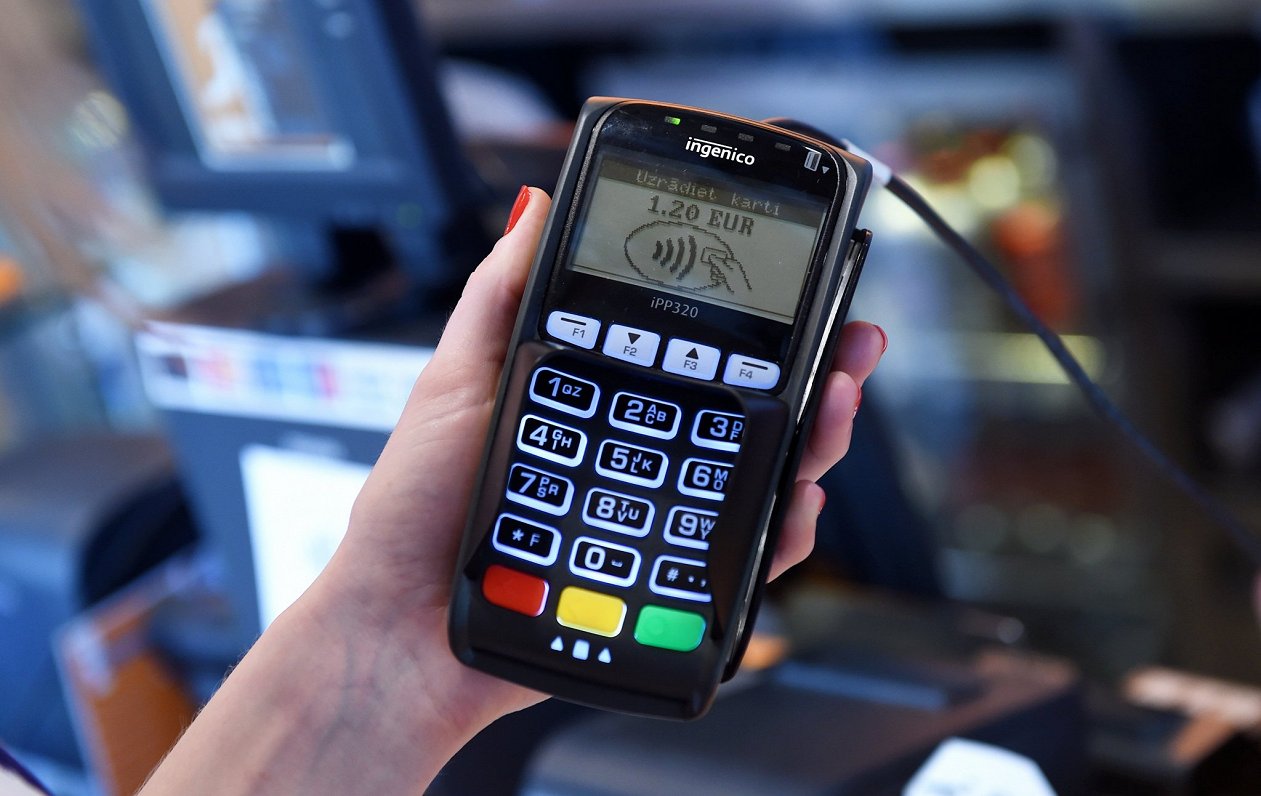Younger people surveyed by Latvian Radio on the streets of Rēzekne said they mostly used card payments while elderly people prefer cash settlements. As customers' habits change, citizens are increasingly taking advantage of the possibility of paying by phone or “e-wallet” on a smartphone.
According to the head of a catering company Iggi, Igors Ņikitins, entrepreneurs had to find new ways of connecting with their customers during the Covid pandemic, including new payment options.
"For four years in the industry, I see a steady increase in payments with cards. It's more convenient today that cards are attached to both phones and watches. Clearly, the pandemic has made people more introverted, and I now feel that young people in particular are less and less willing to communicate. It's more convenient for them to order food on the phone, where apps don't foresee any contact with anyone. It's a fundamental change these years," Ņikitins said.
According to Swedbank representative Jānis Krops, the data from the study show that in response to the restrictions imposed by the pandemic and changing habits, Latvian entrepreneurs have been able to change along with other trade rules.
"What we saw looking at e-commerce sites, during these two years of the pandemic, the number of such sites increased by 64%. We see that, following the lifting of restrictions, the turnover of e-commerce immediately decreased by 25%. This could be explained by the fact that people after the pandemic simply wanted to go to the shop, order the goods, and finally shop as usual, rather than ordering everything through couriers and other forms of remote delivery."
Traders have increasingly started to think about how to combine platforms so there is both a physical and a remote potions.
E-wallets and the options offered by smartphones are getting more and more popular. Bank statistics show that one in ten of the payments is with a non-contact mobile application, which represents approximately 13% of all payments, said Krops.
The average number of monthly purchases and the sum made with a payment card is also increasing each year. Last year, the average number of purchases per year with Swedbank payment cards was nearly 207 million, which is 7% more than two years ago.






























